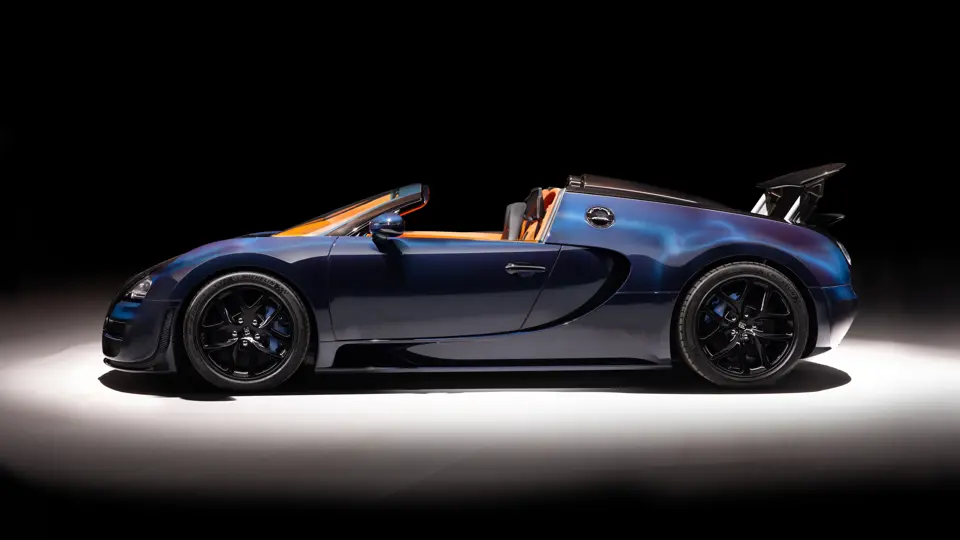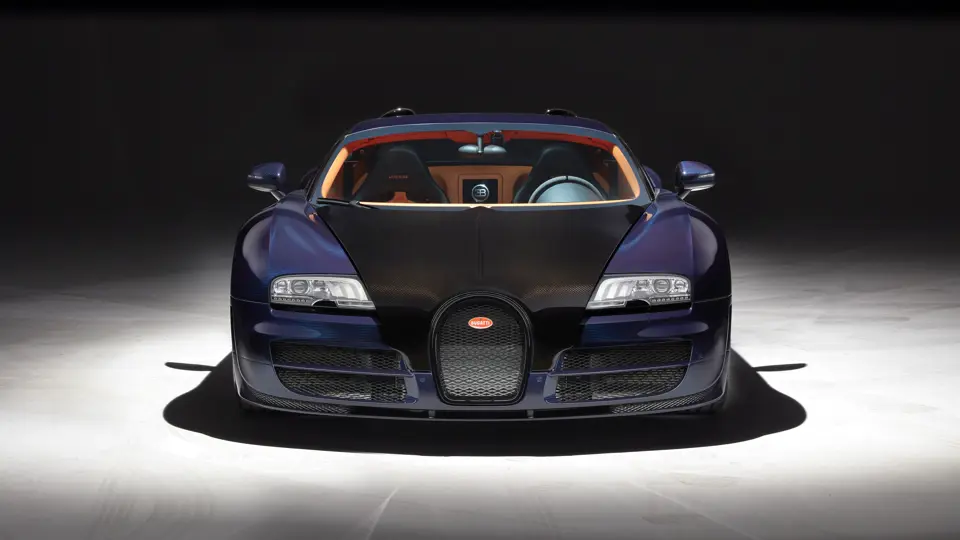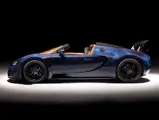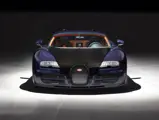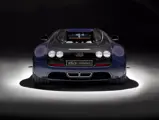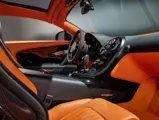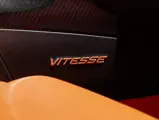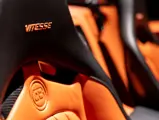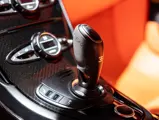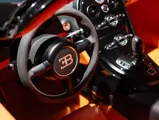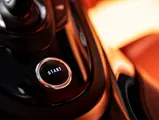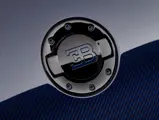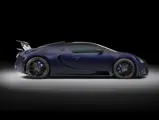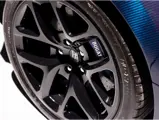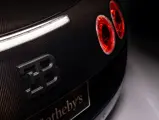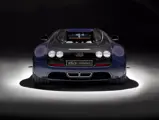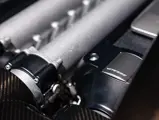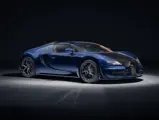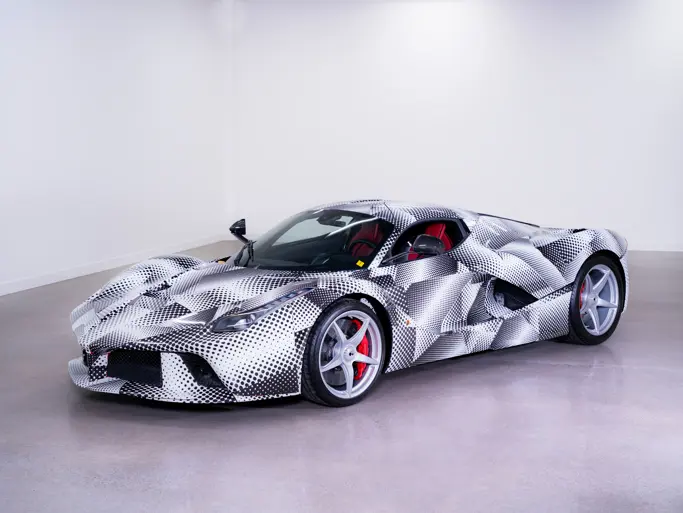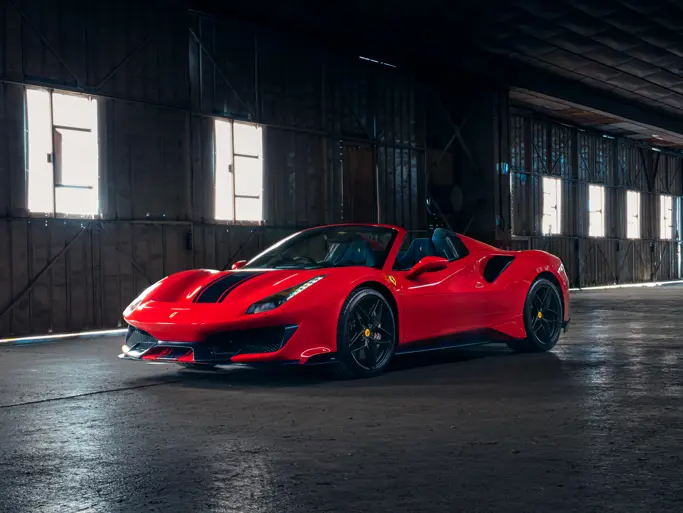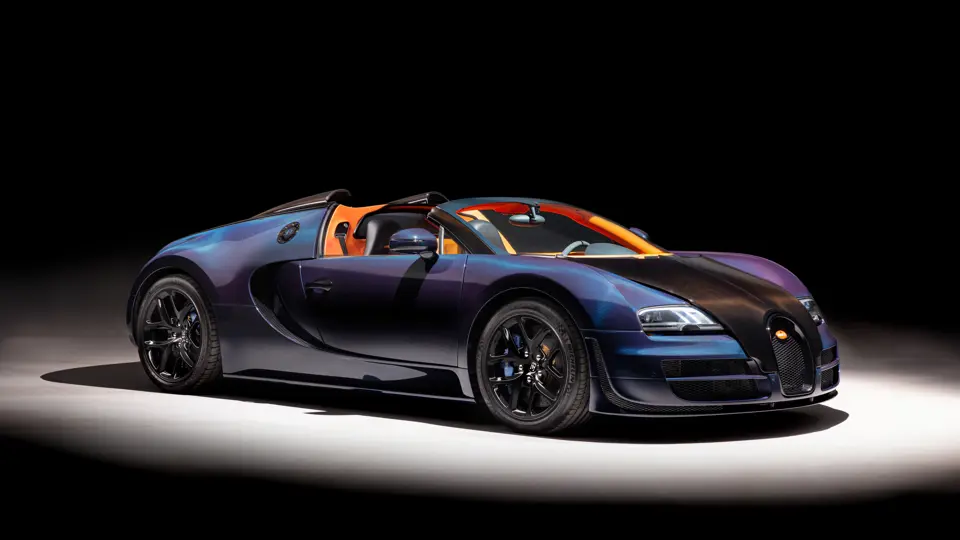
2014 Bugatti Veyron 16.4 Grand Sport Vitesse
{{lr.item.text}}
Sold
{{bidding.lot.reserveStatusFormatted}}
- One of 92 Veyron Grand Sport Vitesse models constructed, and one of only 450 Veyrons produced in total
- Benefitting from a removable “Targa” roof which, at the Grand Sport Vitesse’s launch, rendered it the world’s fastest convertible car
- Boasting some 1,183 horsepower from its 8.0-litre W16 engine, and a top speed of 255 mph
- Exquisitely finished in eye-catching Blue/Black exposed carbon, with Tangerine leather interior
- Factory-equipped options exceed €375,000-worth of additional specification
- Original UK delivery car, with just two owners and 4,085 recorded kilometres from new
- Benefitting from a full Bugatti service history; the most recent being performed in April 2024 at a cost of over £27,000
Seldom does the term “automobile manufacturer” seem more inadequate than in the context of Bugatti. Established in the picturesque Alsace town of Molsheim in 1909, the eponymous concern of Ettore Bugatti proceeded to manufacture some of the most exquisitely engineered and sublimely styled motor cars ever seen. Major components—especially those employed in engine or transmission applications—typically featured an intricate guilloché (engine turned) finish, with completed chassis often sporting commensurately extravagant coachwork fashioned by the likes of Vanvooren, Gangloff, and Corsica.
Yet roadgoing models such as the Types 46, 50, 57 and Ettore’s masterpiece—the outrageous 12.7-litre Type 41 Royale—tell only part of the Bugatti story, for the company had previously been at the forefront of contemporary racing design with its Type 35 and 51 chassis. Indeed, the former secured no less than five consecutive Targa Florio wins in the late-1920s, while Bugatti dominated the Monaco Grand Prix around this time with four wins in five years.
The death of Ettore Bugatti in 1947 hastened the company’s decline, and its factory doors closed in 1952. However, in 1987, the Bugatti name was revived by businessman Romano Artioli in the form of a new Italian-domiciled entity, Bugatti Automobili S.p.A. Despite production of their ambitious new V-12-engined EB110 supercar, the venture was hamstrung by the global recession of the early 1990s and descended into bankruptcy in 1995.
In 1998, the rights to the Bugatti brand were acquired by the Volkswagen Group, and a new company—Bugatti Automobile S.A.S.—was established, fittingly, based once again in Molsheim. From the outset, Bugatti’s new custodians made clear their intention to develop a car which would redefine technical boundaries. Central to their philosophy was the development of a W-formation engine of the type used in aero and marine applications pre-war; its layout offering significant packaging benefits, as well as prodigious power and torque-producing capability.
Initially, a naturally aspirated 6.3-litre W18 engine—employing three banks of six cylinders—was developed, although this was superseded by a new 8-litre W16 unit incorporating four banks of four cylinders, and four turbochargers. The latter was promptly fitted to an evolution of the EB 18/4 Veyron concept car previously displayed at the 1999 Tokyo Motor Show, with Volkswagen giving the project the green light to enter production in 2005; its moniker duly revised to Veyron 16.4.
Named after Bugatti’s revered test and Le Mans-winning driver Pierre Veyron, the car featured an advanced carbon fibre monocoque chassis, a Haldex LSC four-wheel-drive system and a Ricardo-sourced dual-clutch, seven-speed transmission operable in both fully and semi-automatic modes. Boasting an incredible 987 horsepower, the Veyron assumed the mantle of the world’s fastest production car in its first year of manufacture; its top speed of some 253 mph usurped the existing record, held by the McLaren F1, by 13 mph. As if to further underline the Veyron’s performance credentials, 0-60 mph and 0-100 mph times of 2.5 and 5.1 seconds respectively were also recorded.
After some five years in production, Bugatti decreed that the Veyron should receive a performance upgrade; the new 1,183 horsepower, 267 mph Veyron 16.4 Super Sport emerging as a result. Larger turbochargers and intercoolers facilitated this near-200 horsepower boost, while the car’s dynamic performance was further improved by revised aerodynamics, a weight reduction of some 50 kilograms and the fitment of a double diffuser. In addition to the power increase, maximum torque also increased from the already train-like 922 lbs-feet of the “standard” Veyron to a barely conceivable 1,100 lbs-feet for the Super Sport; a factor critical in reducing the Veyron’s time over a standing mile from 25.9 to just 23.6 seconds.
At the Geneva International Motor Show in 2012, Bugatti further augmented its range with the introduction of the Veyron Grand Sport Vitesse; the new car effectively representing a targa-top version of the Super Sport. Benefitting from revised gearing, new dampers, carbon fibre bodywork and an optimised Electronic Stability Programme, the flagship model was electronically limited to a top speed of 255 mph with its roof panel in place, and 233 mph with it removed. Nevertheless, Bugatti sought to underline the minimal aerodynamic differences by conducting a maximum speed test at Volkswagen’s Ehra-Lessien test track in April 2013. Driving an electronically derestricted–but otherwise “showroom” specification–Grand Sport Vitesse, Chinese GT driver Anthony Liu recorded a maximum speed of 254.04 mph with the car’s roof removed; a mark which saw it gain the unofficial title of the world’s fastest convertible car as a result.
Just 92 Grand Sport Vitesse chassis were constructed between 2012 and 2015, of which this stunning example is understood to be the 46th produced. Exquisitely finished in exposed Blue/Black carbon fibre with Tangerine leather interior, the car was equipped with a lavish option package totalling some €375,500 which, in addition to its bespoke exterior finish, included anodised Blue brake calipers, a powder coated engine cover, black nanocoated magnesium components and quilted seats.
It is understood that “046” was originally intended for delivery to Japan, as evidenced by its chassis plate, but the order appears not to have been completed. However, by January 2015 the car had arrived at the London showrooms of HR Owen and, following a service inspection by Bugatti London, was promptly sold to its UK-based first owner. Further services were performed by Bugatti London in February 2016 and January 2017; the second of which showed the car to have covered just 2,908 kilometres, and included the fitment of four new tyres.
In 2017, chassis 046 was acquired by the vendor, by which time it had been fitted with a desirable QuickSilver titanium exhaust system, and had benefitted from Paint Protection Film (PPF) being applied to its bodywork. During the current ownership, additional Bugatti London services were carried out in March 2019, February 2022 and April 2024; the most recent at a cost of some £27,000.
Technical tour de force, hypercar performance benchmark, and 21st Century design icon: the Veyron is all of these things, and much more. Impeccably styled, exquisitely engineered and hand-built in the same Alsace locality as its illustrious forebears, it arguably represents the most important Bugatti since the Type 57 of 1934, and is a car in which the spirit of Ettore Bugatti assuredly lives on.
In the case of the Grand Sport Vitesse, and this immaculate example in particular, these characteristics are embodied in ultimate form. In discussing his most fabled creation, Ettore Bugatti reputedly commented “Perfection is never reached—yet the Royale must rank close to motoring perfection”. Almost 100 years later, it is tempting to suggest that this reference might apply equally to the Royale’s distant descendent, the Veyron Grand Sport Vitesse.




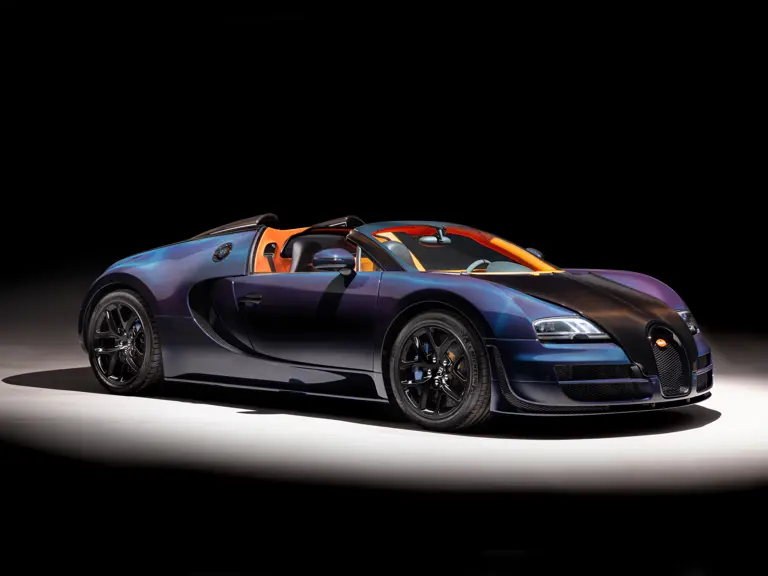
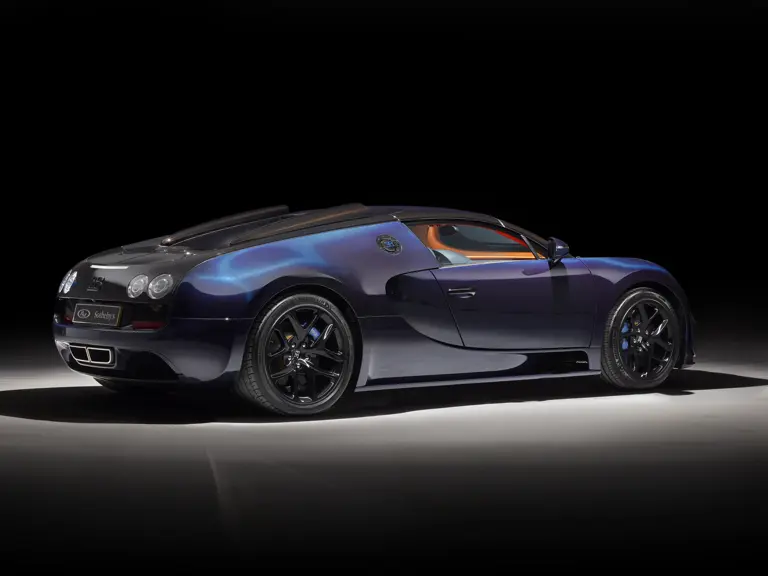
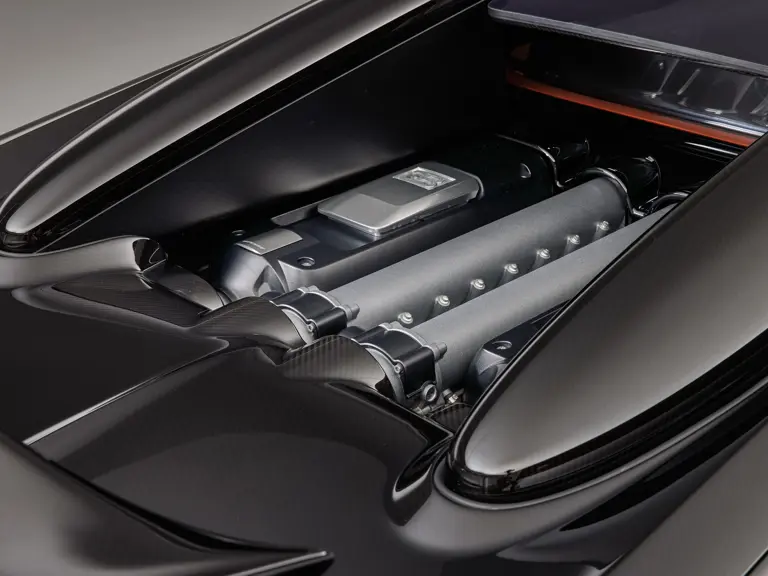
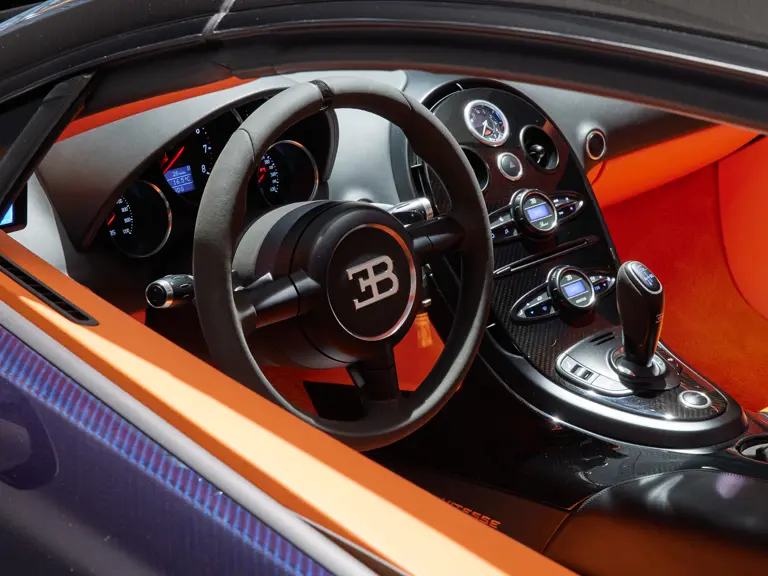
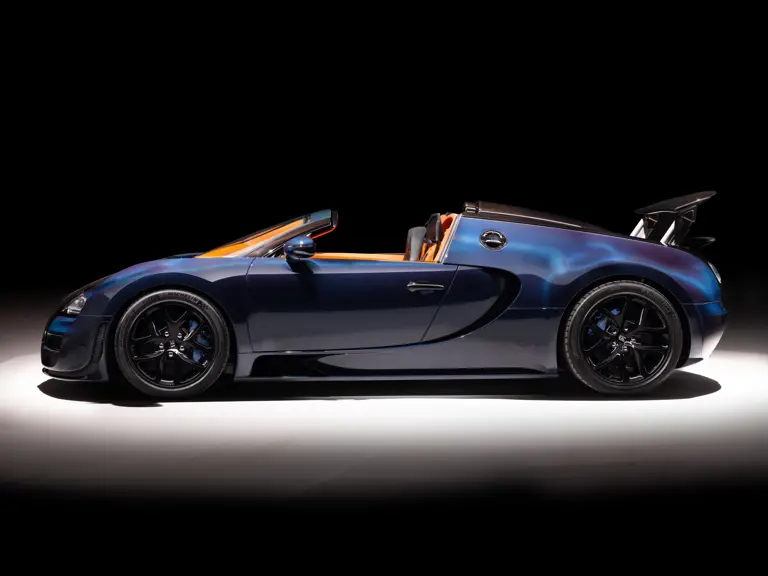

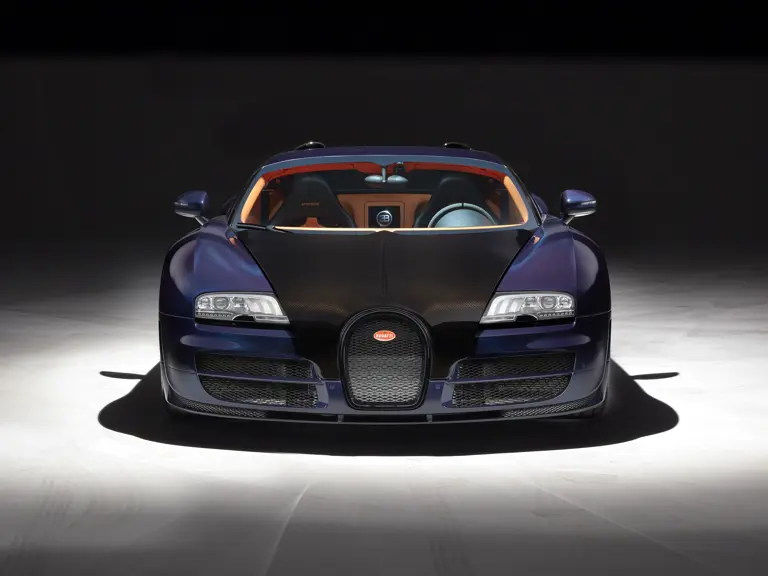
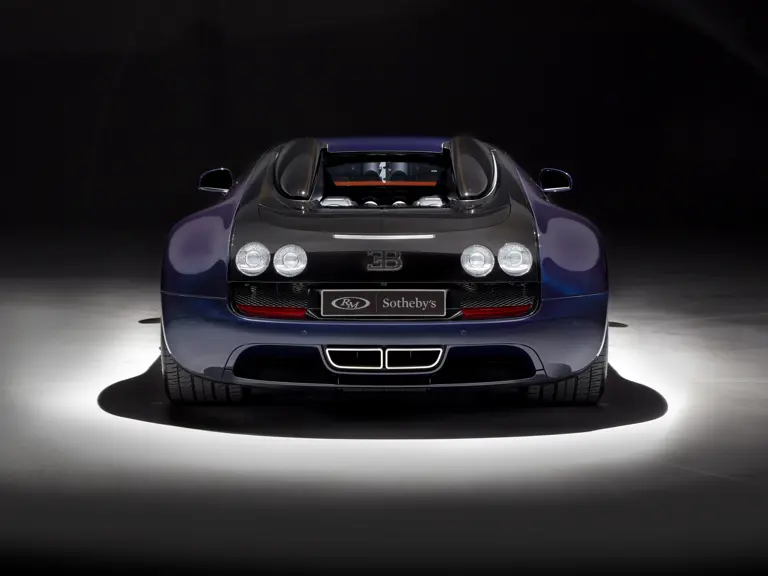
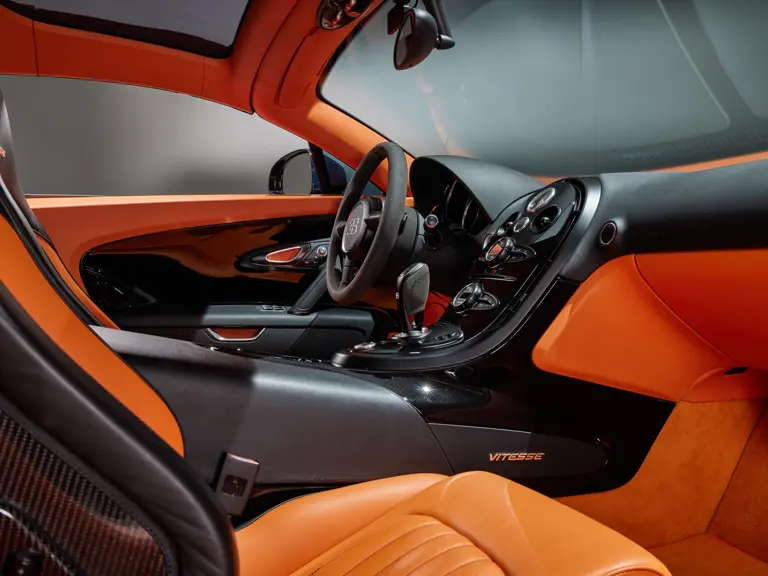
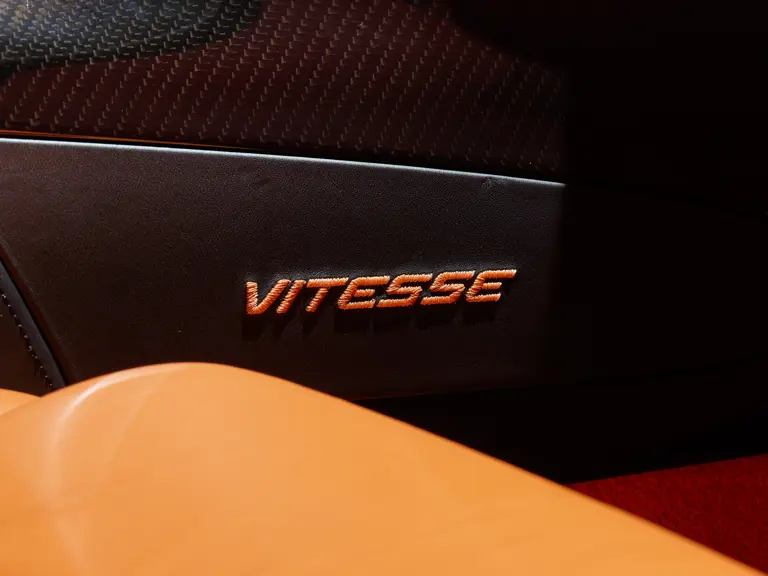

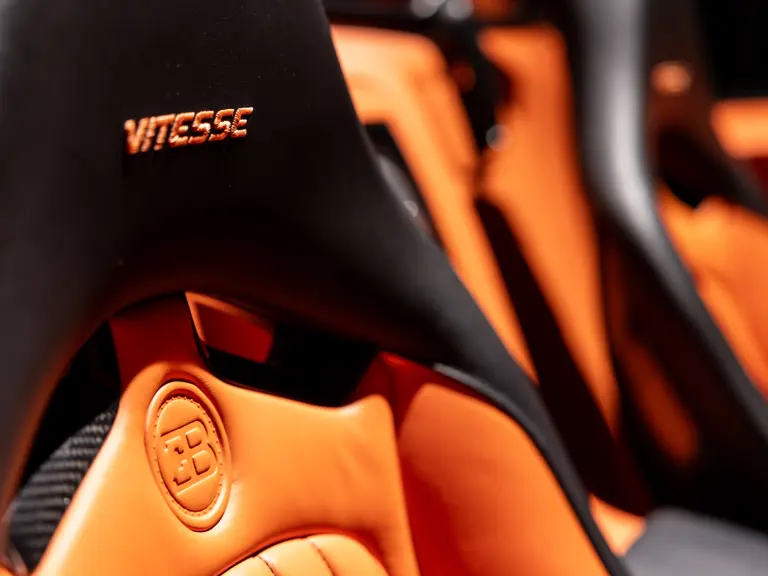
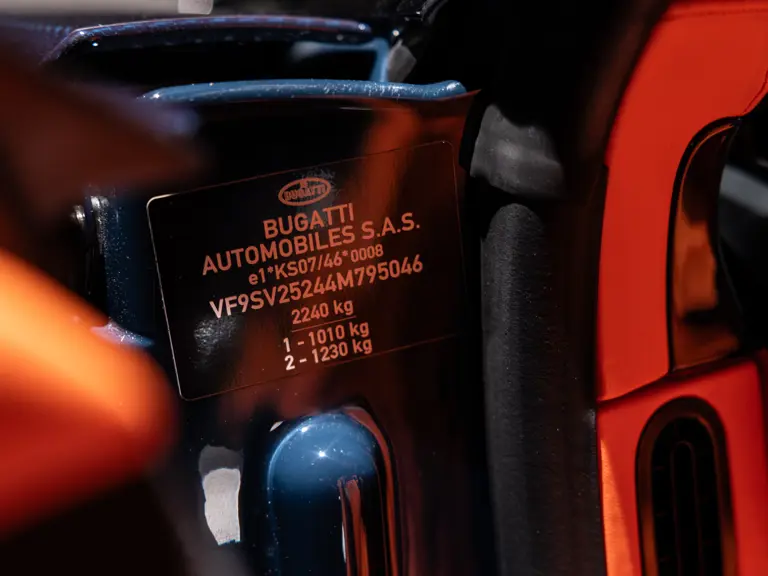
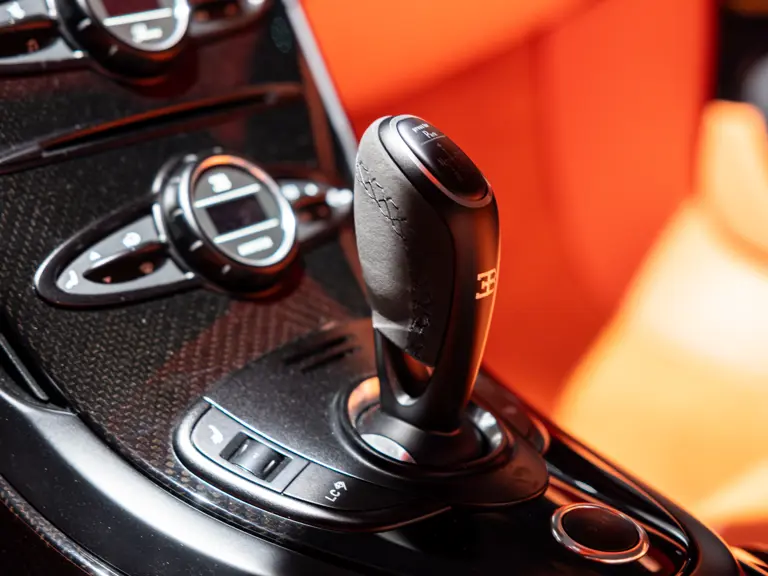
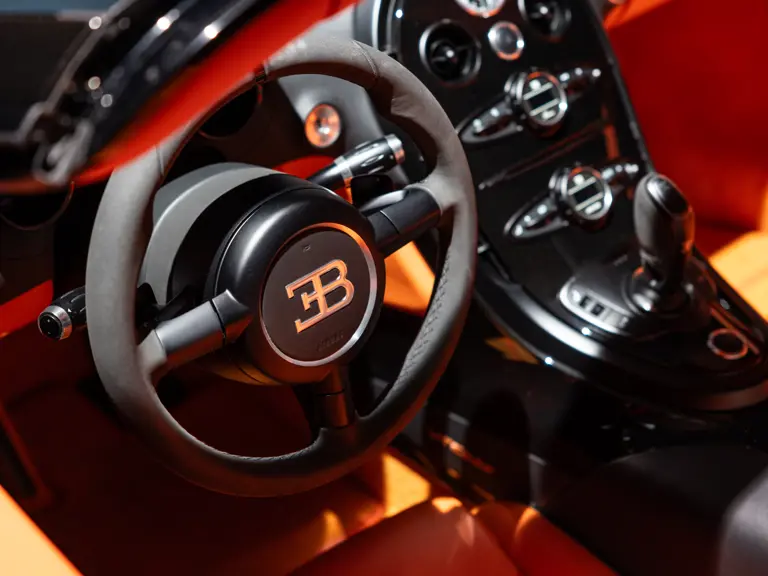
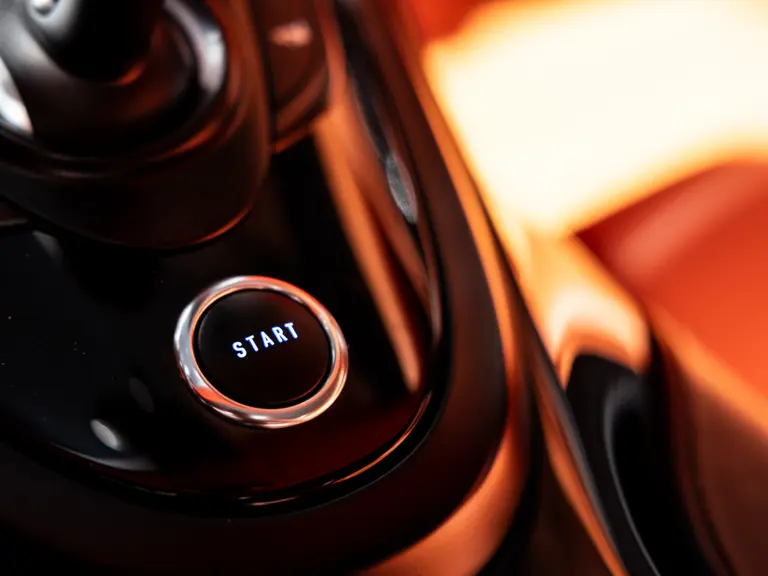
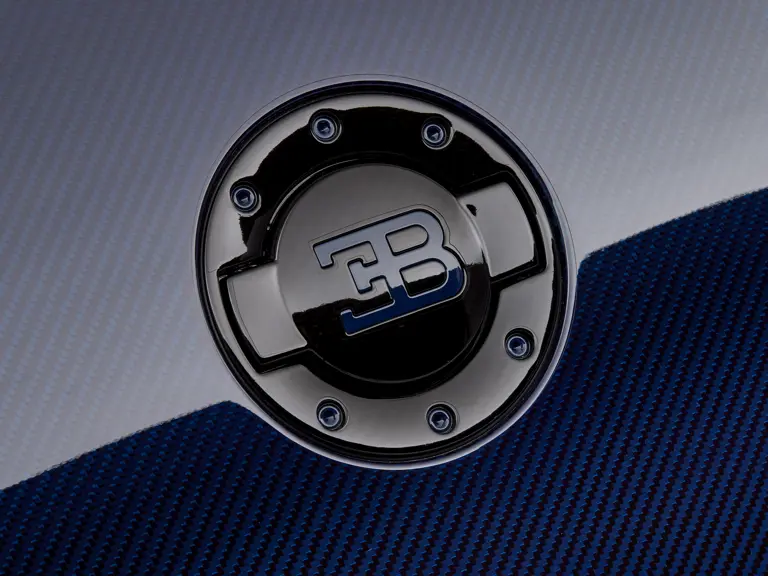
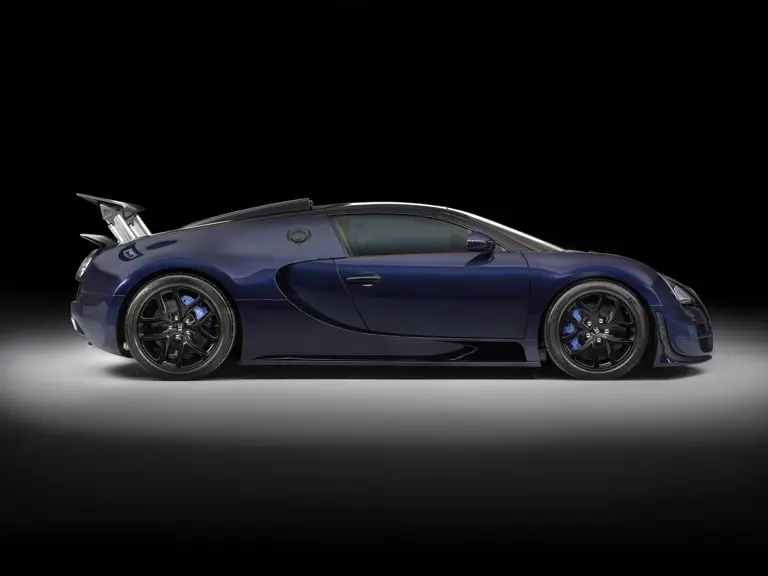
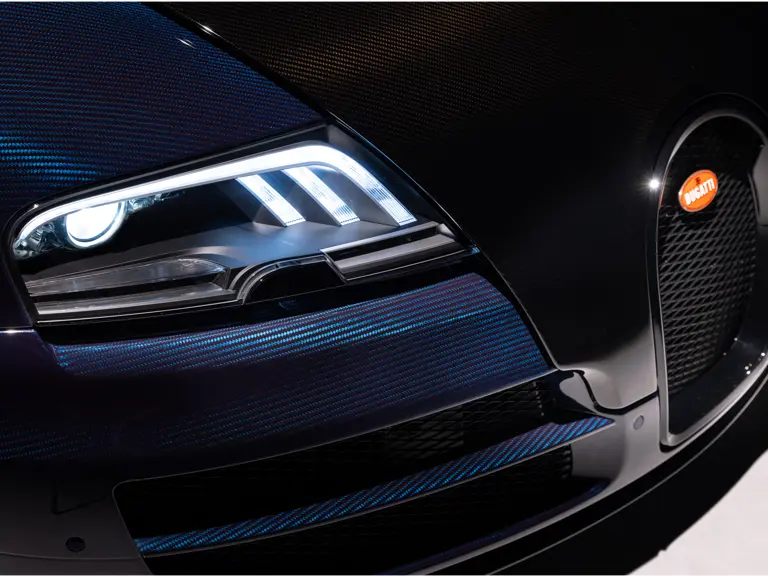
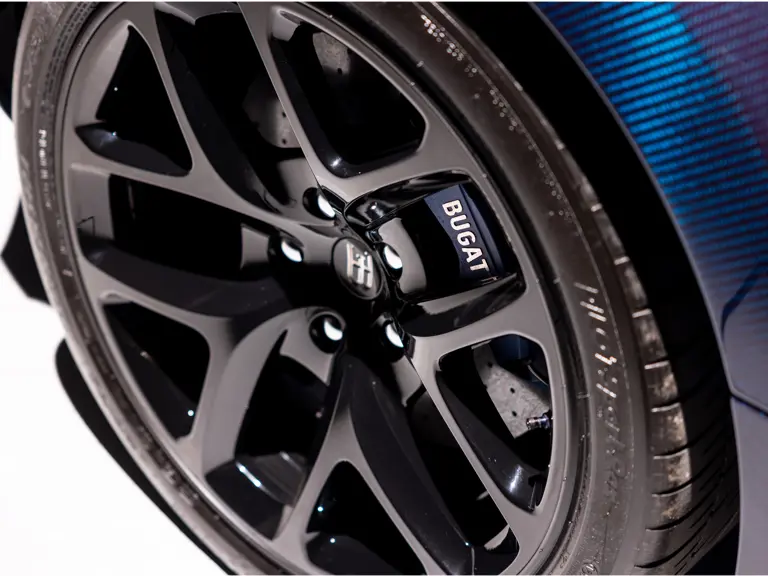
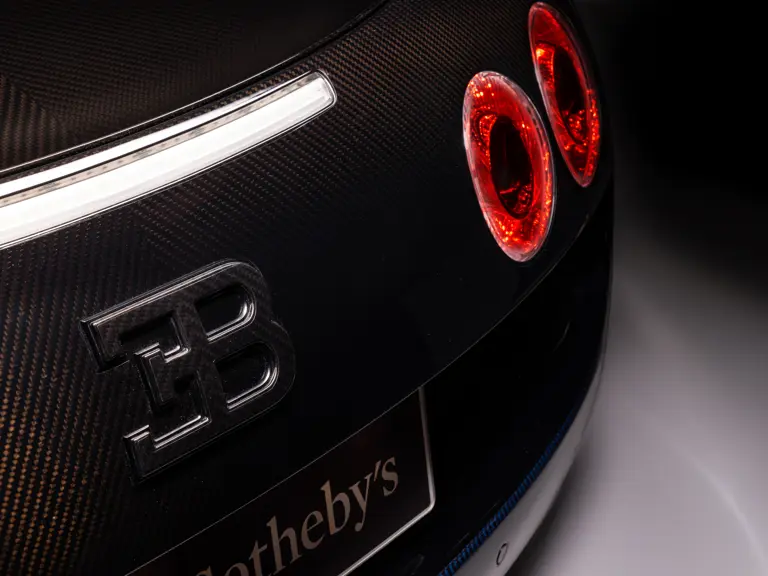
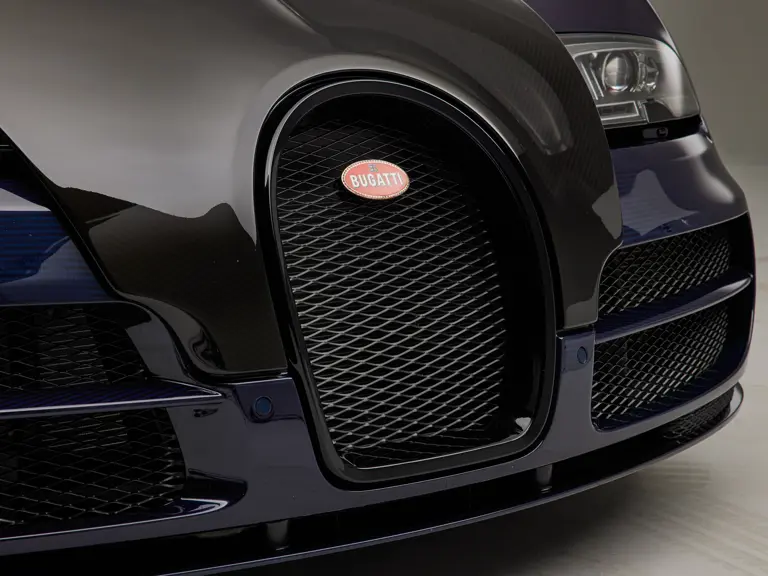
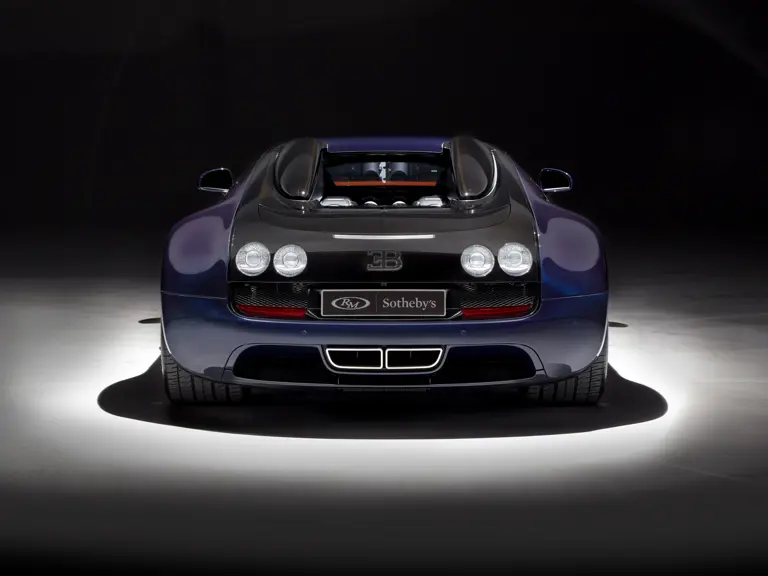

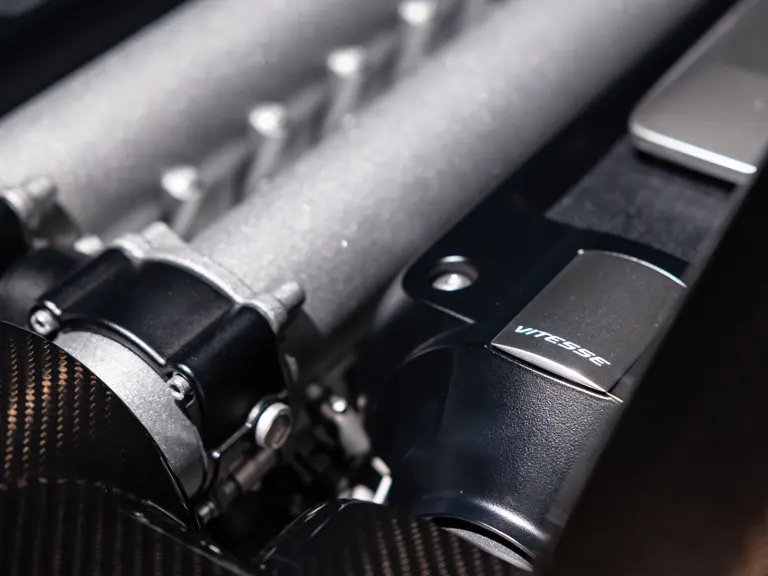
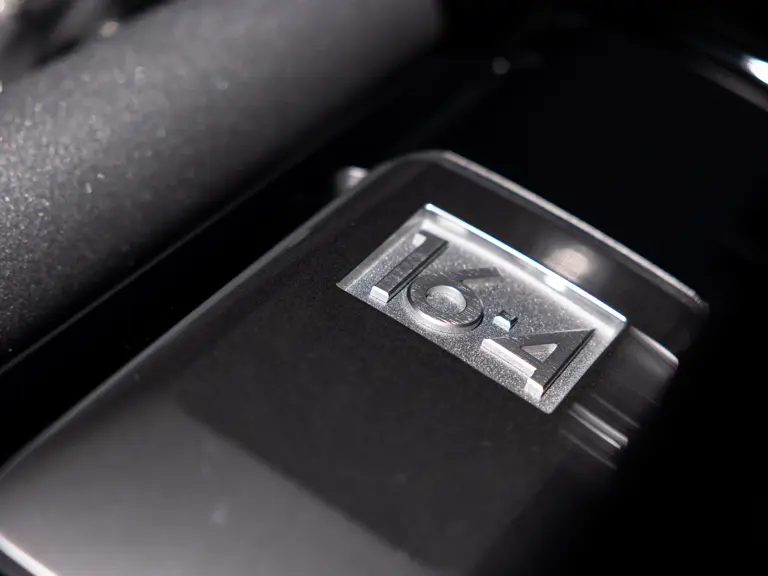

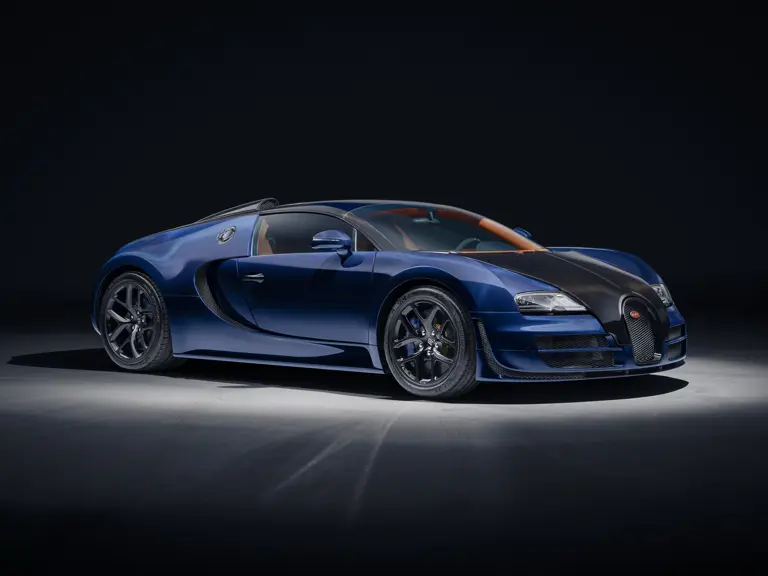
 | Taplow, Berkshire, United Kingdom
| Taplow, Berkshire, United Kingdom
